Following my visit to the Rub’ Al-Khali, I returned to Dhahran which would be my base for the next few days. There were a few typical urban birds as well as some others of interest in and around the compound and some of the more open areas. Here is a selection of the common urban birds from the compound.
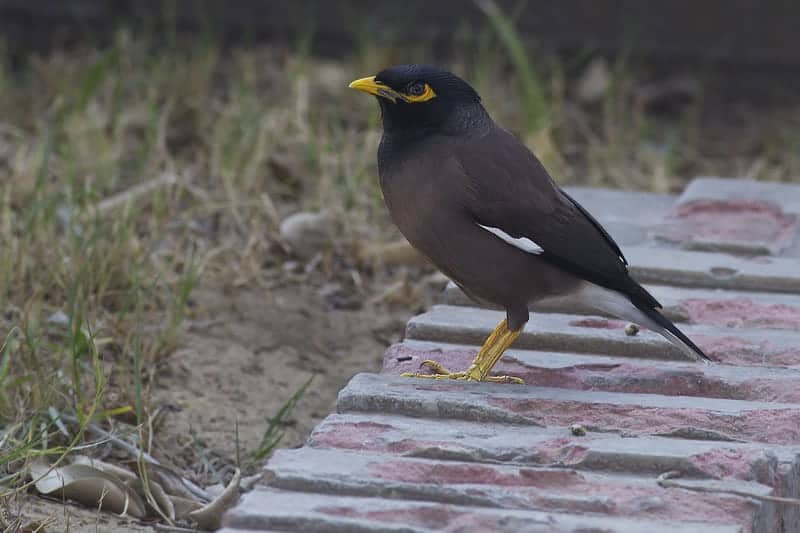
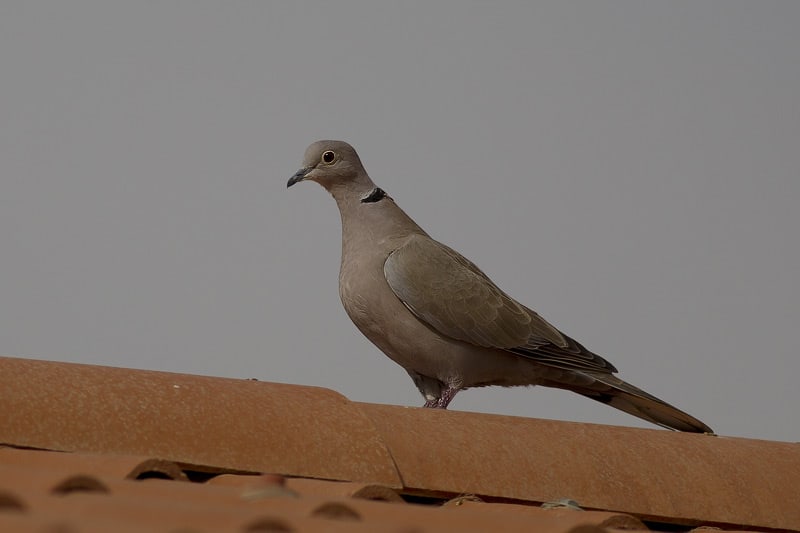
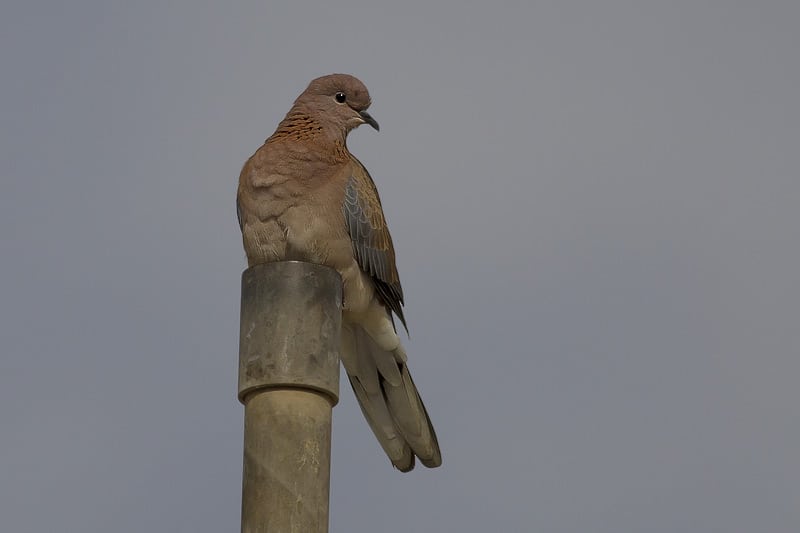
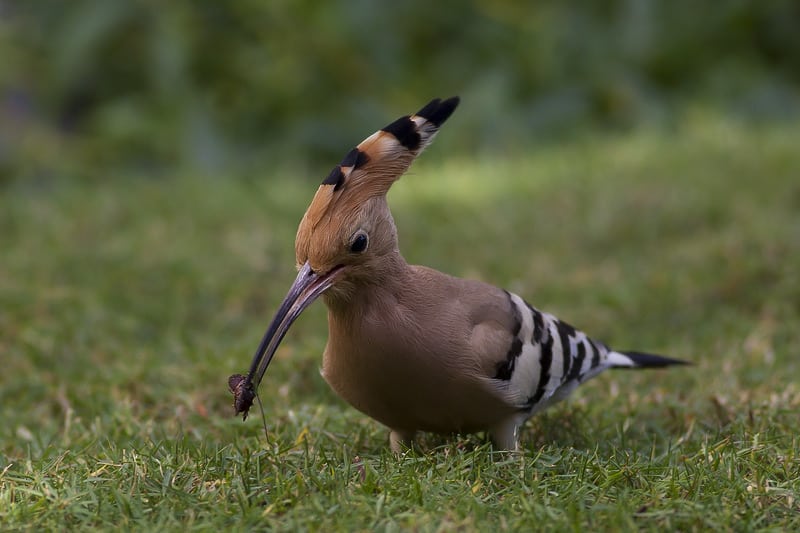
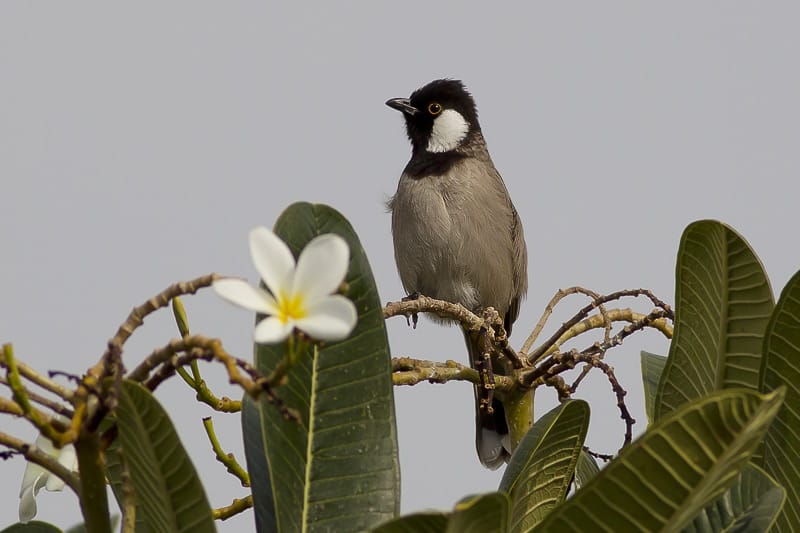

Although this bird is considered a Cat C (Introduced species with self-sustaining populations)species, I hadn’t yet seen the much bigger Alexandrine Parakeets (Psittacula eupatria) in Kuwait.
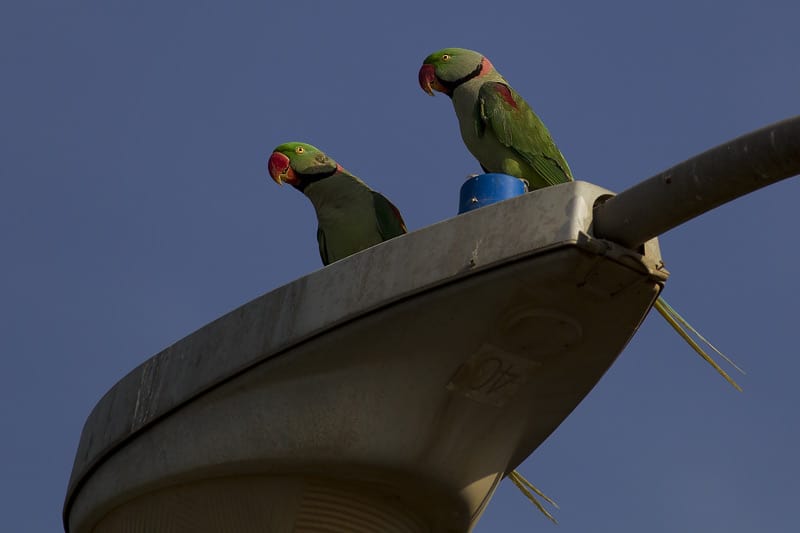
On the outskirts of the compound I found a Daurian Shrike (Lanius isabellinus) and later a Crested Honey Buzzard (Pernis ptilorhynchus), which is uncommon – but generally seen in the winter months.


Over the following fee days I visited Tarut Bay, one of key staging areas for migrating waders in Eastern Saudi Arabia. Although it was still winter, I did see a selection of Waders, Gulls and Herons.
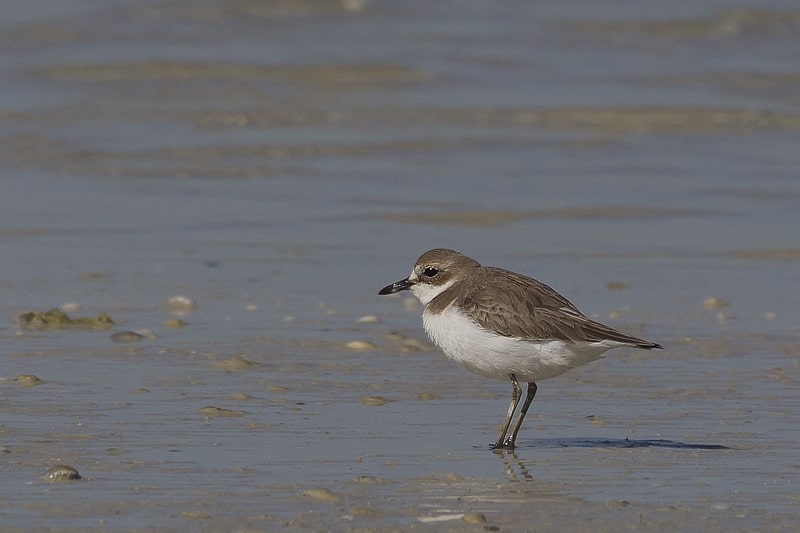
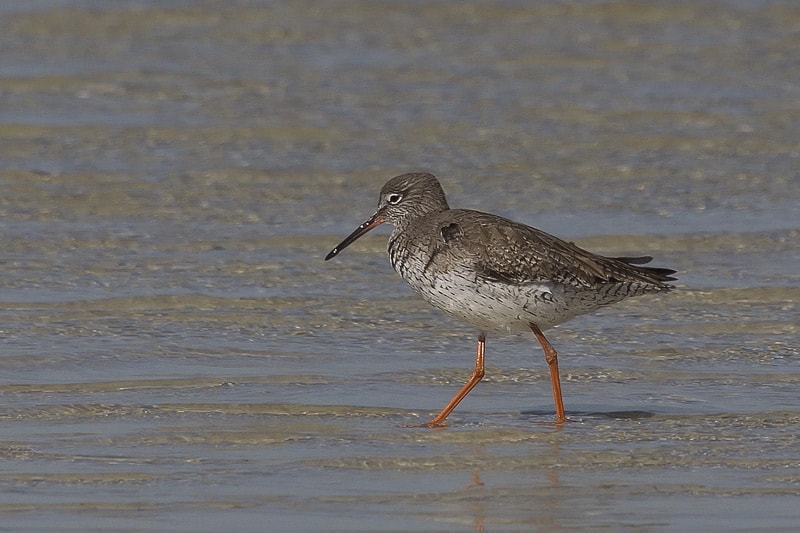

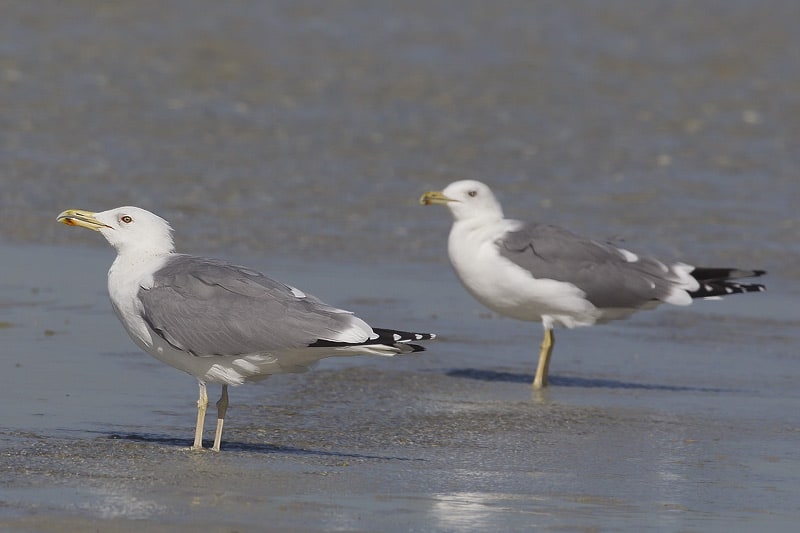
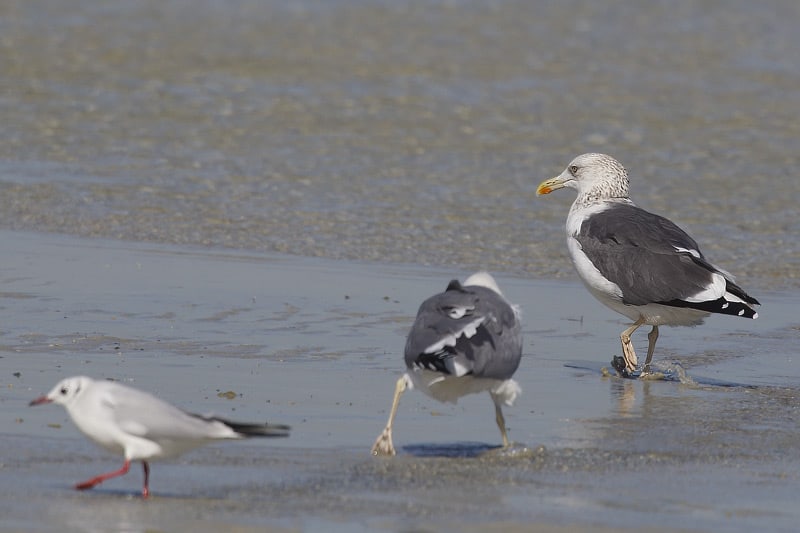
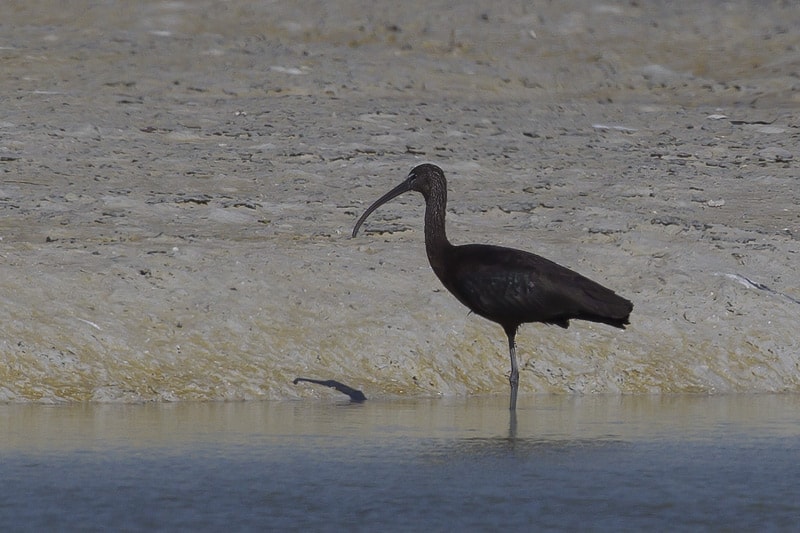
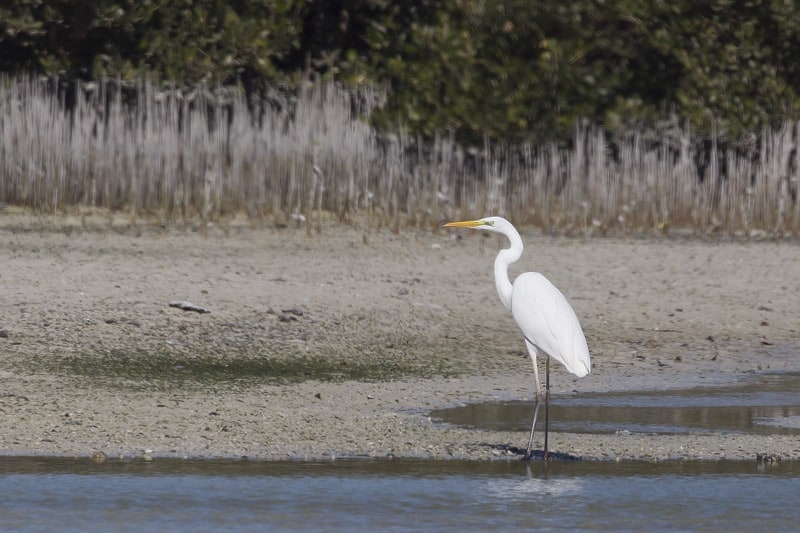

On my last day, I went further north to Abu Ali Island where I found some desert birds as well as those species more frequently seen along the coast. This Greater Hoopoe Lark seen on the beach (Alaemon alaudipes) is one of my favourites
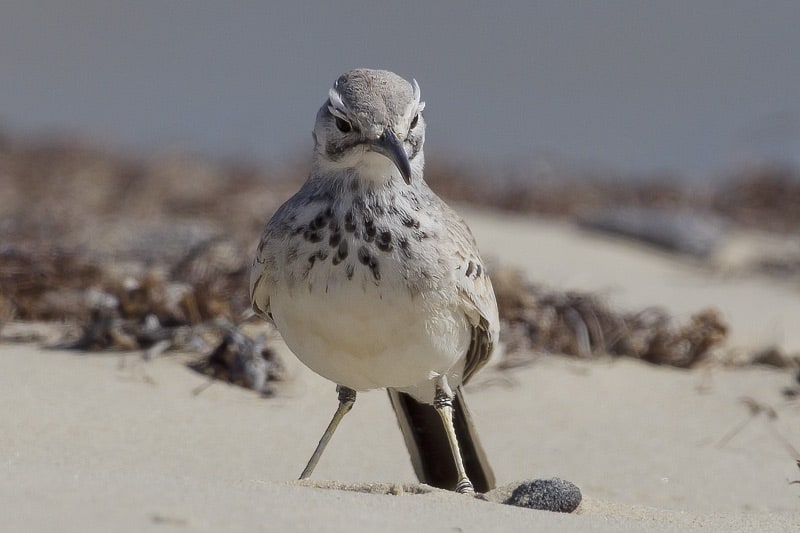
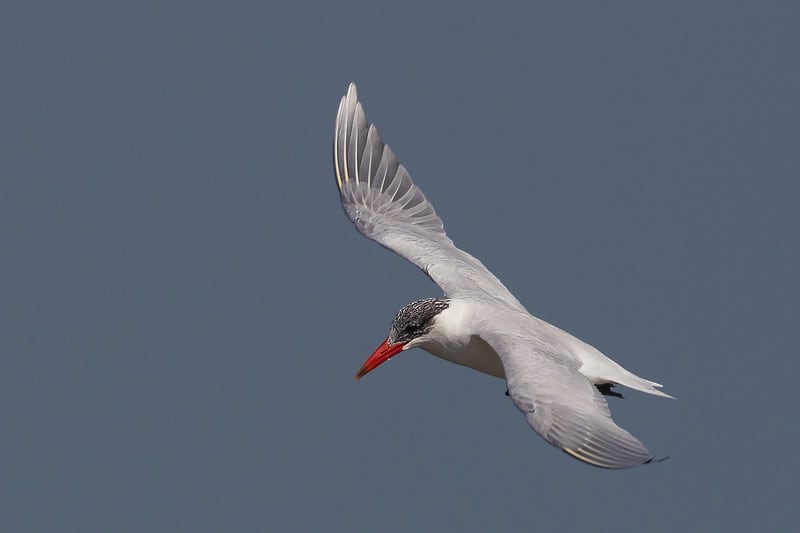
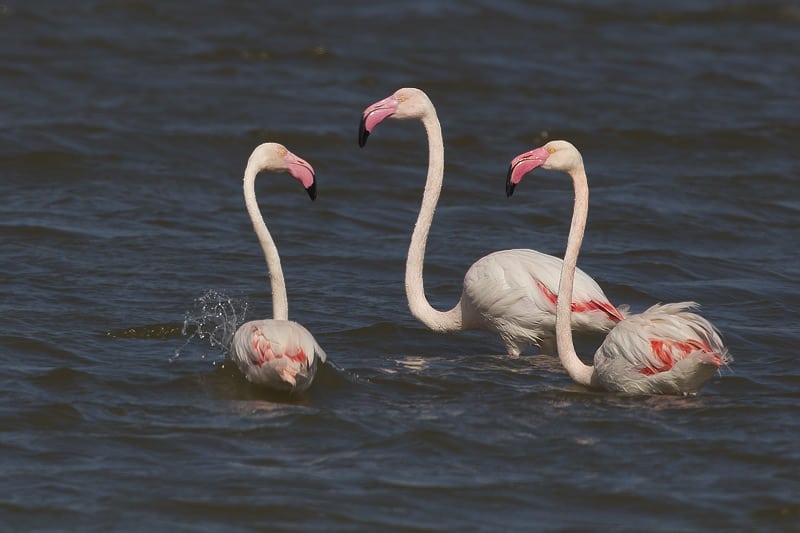

The most interesting indirect interaction was seeing this Caspian Tern (Hydroprogne caspia) flying away with it’s breakfast when for some inexplicable reason it accidentally dropped it. Although it immediately went into a dive to retrieve it, this Slender-billed Gull (Chroicocephalus genei) had quicker reflexes and grabbed the fish just after it hit the water.
SB Gull 1 – C Tern 0!
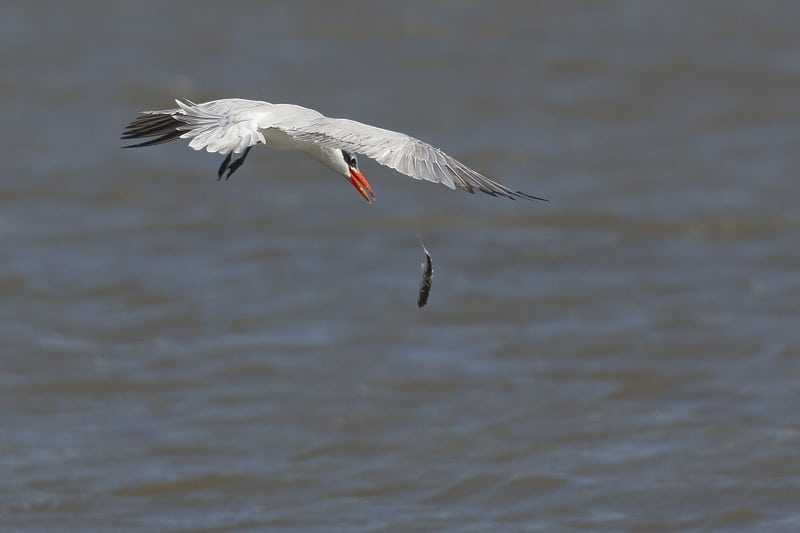

Michael Pope
A South African ex-pat who currently resides in Kuwait with his family since October 2006 and maintains a full time job as an IT Project Manager delivering and implementing projects in Kuwait and the GCC. An avid naturalist with an interest in wildlife and conservation that started early in his schooling when he was selected to spend a week in Londolozi Game Reserve learning about Conservation and Game Ranger principals. That week had a profound impact, the seed was sown and a passion for birds, photography, wildlife, biodiversity and conservation was instilled. He has travelled and explored the length and breadth of South and Southern Africa in search of birds, Aside from birds, he photographs landscapes, mammals, reptiles and just about any living creature he can get in front of his lens. Since arriving in Kuwait has also explored many other countries expanding his list and knowledge. In Kuwait his passion for birding, photography and highlighting the need for conservation and protection of migratory birds has continued and this is showcased on his Kuwait Birding Blog http://kuwaitbirding.blogspot.com/) . In early 2008 he was proposed as and still is Chairman of Kuwait Ornithological Records Committee. However, a personal achievement of his birding tenure in Kuwait is Co-editor for the milestone publication of “Birds of Kuwait – A Comprehensive Visual Guide” in collaboration with BioDiversity East and KUFPEC.
Leave a Reply